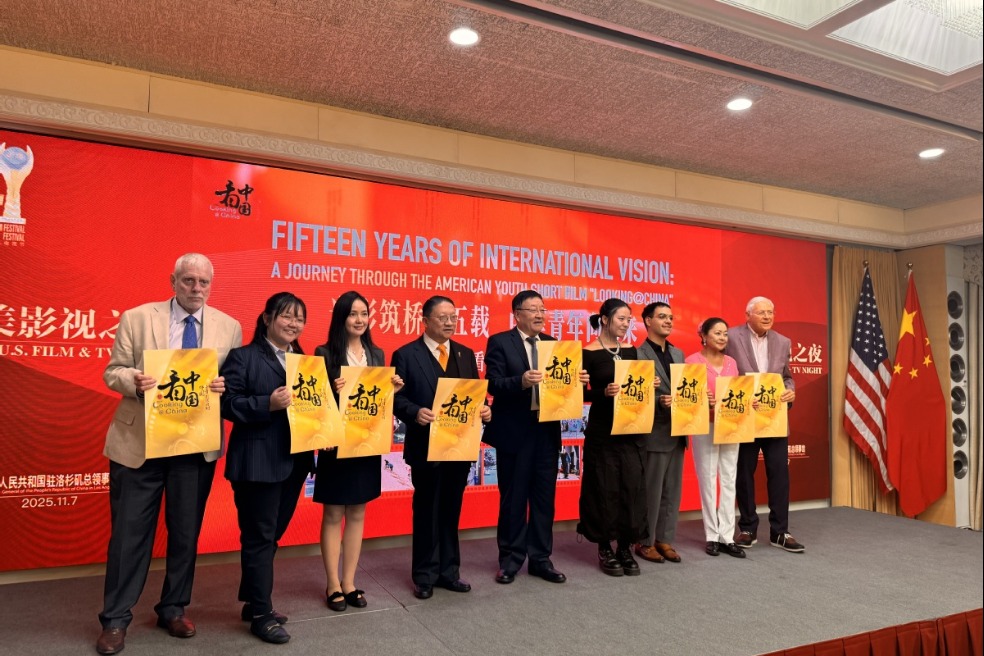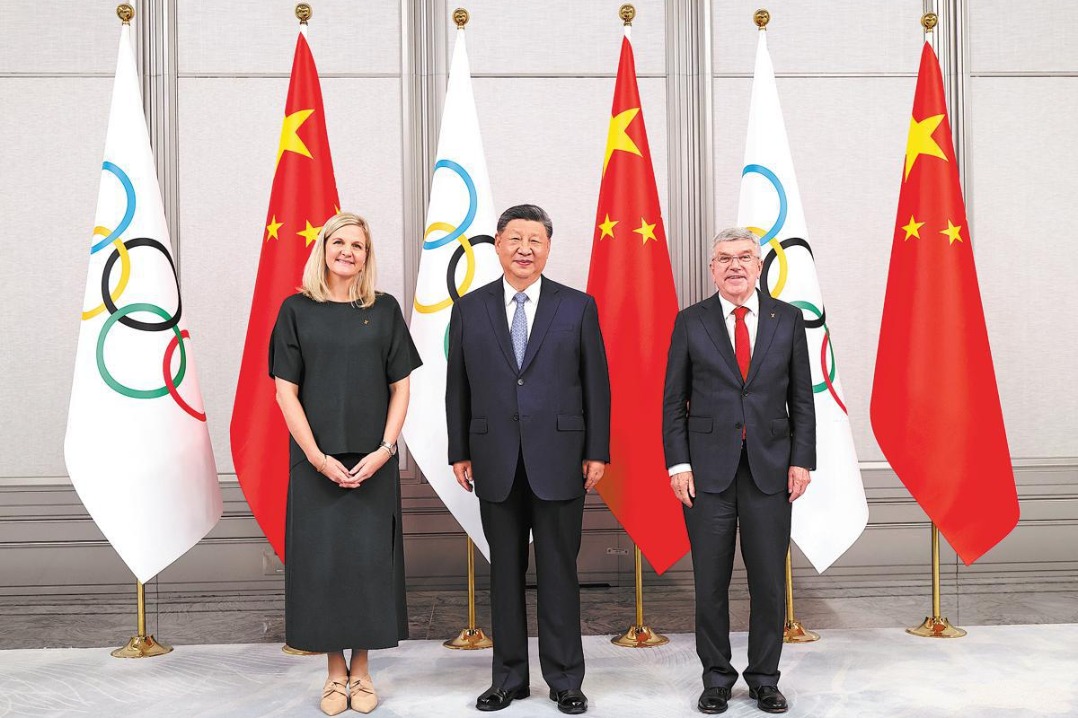Expediting digital trade contributes to modernization
By ZHANG MONAN | China Daily | Updated: 2023-04-08 10:08

By joining high-standard free trade agreements such as the Comprehensive and Progressive Agreement for Trans-Pacific Partnership and the Digital Economy Partnership Agreement, China can further develop its digital economy as well as gain some benefits, especially in terms of rules and reform.
China's digital trade has been growing at a faster rate than its goods and services trade. And it has already applied to join the CPTPP and the DEPA with the aim of integrating its trade rules with international trade rules.
Since several factors have hindered the multilateral trade process of the World Trade Organization and, as a result, the WTO cannot meet the rule requirements of the growing global digital trade, economies have been inking regional FTAs to set the rules for digital trade. Nearly 120 FTAs include content about digital trade and e-commerce — more than 80 have specific chapters on e-commerce/digital trade covering 110 countries and regions, with the most representative ones being the CPTPP, the United States-Mexico-Canada Agreement, and the DEPA, established by Singapore, New Zealand and Chile.
In recent years, China has been working with other economies to set rules for global digital trade, improve the international rule system, and has proposed a plan for the development of digital trade.
At the multilateral level, China has been taking part in the negotiations on e-commerce and information and communications technology (ICT) products under the WTO framework. In the talks on e-commerce issues, four proposals have been put forward for the development of cross-border e-commerce, trade facilitation, logistics, payment and other issues.
At the regional level, in 2021, China applied to join the CPTPP and the DEPA, which will help it match the high-standard international economic and trade rules and further open up its economy. And in August 2022, the DEPA Joint Committee formed a working group to look into China's application and promote negotiations with the country.
As one of the top five countries in digital trade, China has a huge domestic market, rich data resources, a complete infrastructure network and market players promoting innovations. This means the country's digital trade sector has immense potential for development.
In 2021, China's import and export of services which can be digitally delivered was $359.69 billion, up 22.3 percent year-on-year, which is 6.2 and 0.9 percentage points higher than the growth rates of services trade and goods trade respectively. The digital trade surplus has doubled compared with 2020, due to the continuous growth for four consecutive years.
The advantages of digital technology trade are obvious. The scale of China's trade in ICT was $117.11 billion, up 27.3 percent year-on-year. Among them, ICT exports increased 30.4 percent year-on-year to $76.99 billion, accounting for 8.6 percent of the global total and ranking third in the world. The growth rate of China's digital service trade is much higher than the global average, making it the world's fastest growing digital service providing country.
Compared with the core provisions of the CPTPP, the DEPA and similar free trade agreements, the 19 FTAs China has signed with 26 countries/regions mainly focus on electronic signature, paperless trade and digital trade facilitation, and do not cover new fields such as cross-border data flow, access to the digital service market and source code protection. And China is still in a relatively weak position when it comes to negotiations to set multilateral and bilateral digital trade rules.
The CPTPP and the DEPA reflect the future trend of global high-level FTAs in digital trade. The CPTPP is the world's highest-standard FTA. Its digital trade rules' framework not only covers traditional e-commerce fields such as duty-free electronic transmission, personal information protection, as well as online consumer protection, but also introduces cross-border data mobility, localization of computing facilities, source code protection and other issues.
The DEPA, on the other hand, is different from other agreements in that it puts greater emphasis on "development orientation". It focuses on the construction of cross-border digital economy industry chains, and data disclosure rules, and the inclusive digital development of small and medium-sized enterprises.
Based on the advantages of traditional manufacturing industries and emerging digital facilities, China's industries represented by the "internet of vehicles", financial technology, the industrial internet, cross-border e-commerce, bio-pharmaceutical and other industries present diversified data application scenarios. So China should urgently set the rules for institutions in the digital field, accelerate the integration of domestic rules with global digital trade rules, and further expand its digital circle of friends.
In general, the CPTPP and the DEPA will facilitate China's digital economic development and high-level opening-up, which in turn will help China to promote institutional opening-up. By doing so, it can become a digital trade power, and have more say in setting global digital trade rules, which will contribute to the Chinese path to modernization.
The author is deputy director of the Institute of American and European Studies, China Center for International Economic Exchanges. The views don't necessarily reflect those of China Daily.
























